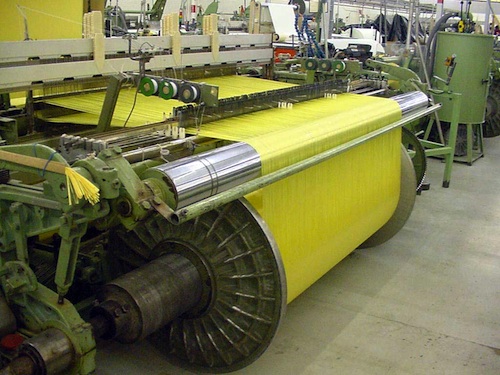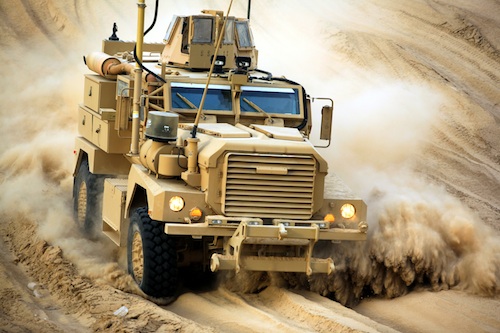BGF Industries Weaves Superior Protection with Help from SAS

BGF, a small to medium business (SMB) with more than $200 million in annual revenue, manufactures specialty woven and nonwoven materials made from glass, carbon and other strong, heat-resistant fibers.
The company’s products can be found in hot-air filtration systems, aircraft and automotive parts, ballistic vehicle armor, bullet-proof vests, movie screens, electronic circuitry and surfboards. Many of the markets BGF serves are globally competitive, while others are in the defense arena. With each type of customer, improving the quality of its high-tech materials and its manufacturing processes is critical to the company’s ongoing success.
“SAS allowed us to create an early-warning system that constantly monitors data and production trends so we can keep our quality high and our customers satisfied,” said Bobby Hull, a BGF systems analyst.
BGF has always prided itself on minimal quality issues and a quick response when one emerges. “This just gives us another tool to respond quicker, faster and more accurately and  that turns into dollars for us,” Hull says.
that turns into dollars for us,” Hull says.
Prior to using SAS, the company was gathering plenty of data. “In our lab testing area alone we had somewhere in the neighborhood of 4.5 to 5 million data points that we had collected over time,” Hull said.
It was just tedious to analyze. “The problem was getting it from our business systems to statistical software or Excel. It took about 30 minutes just to get the data out,” explains Bill Green, a manufacturing engineer. Like so many manufacturers, BGF runs a lean operation, so delays and manual work took time away from problem solving. “We can focus away from the mundane now,” says Tom Good, Corporate QC Manager.
 BGF has used SAS on a limited basis since 1982. When SAS changed its business model to sell into the small/midsize markets with value-added resellers (VARs), it became more realistic for BGF to use additional SAS products. Through a reseller, BGF invested in SAS Enterprise BI for Midsize Business. “We’re so happy you have this new VAR channel that makes SAS products and services more available to businesses like us,” Hull says.
BGF has used SAS on a limited basis since 1982. When SAS changed its business model to sell into the small/midsize markets with value-added resellers (VARs), it became more realistic for BGF to use additional SAS products. Through a reseller, BGF invested in SAS Enterprise BI for Midsize Business. “We’re so happy you have this new VAR channel that makes SAS products and services more available to businesses like us,” Hull says.
Green particularly likes the fact that he can develop his own applications without needing a programming background – or a programmer.
“I was surprised by how easy it was,” Green says.
BGF is eager to do more with SAS. Green is working with other BGF manufacturing sites to introduce the solution and wants to get more workers on the shop floor engaged. Hull is looking at adding forecasting. “The solution covers so much breadth that I’m sure we could utilize the software a lot more than we do. Right now, we’re still sort of cutting our teeth,” Hull says.
Hull adds that SAS gives BGF a common language. “Without common data, everybody speculates. Now we are sure that the information we have in front of us is correct. SAS helps us have a shared language and a means of asking common questions that help us get to the root of a problem quickly.”
-----
Editor's note: Customer story courtesy SAS. Bobby Hull is the author of Manufacturing Best Practices: Optimizing Productivity and Product Quality, published by John Wiley.
Illustrations: Weaving Kelvar fabric (top); MRAP - Mine Resistant Ambush Protected vehicle (bottom)










